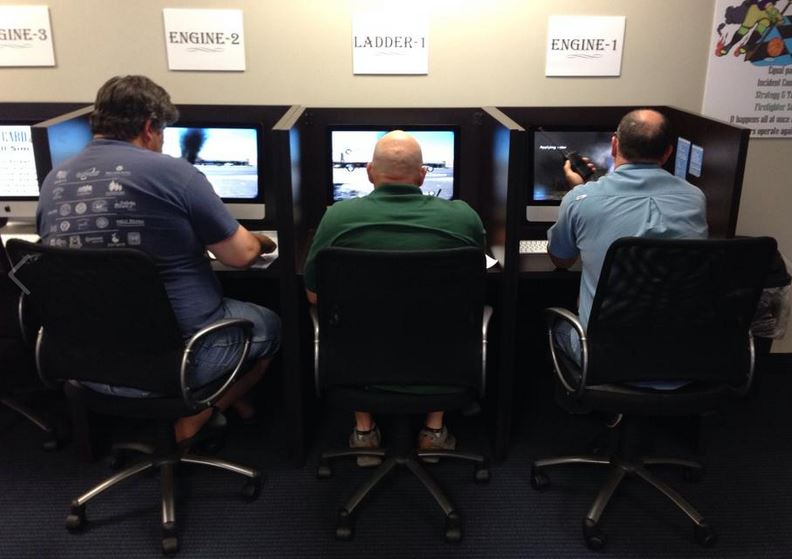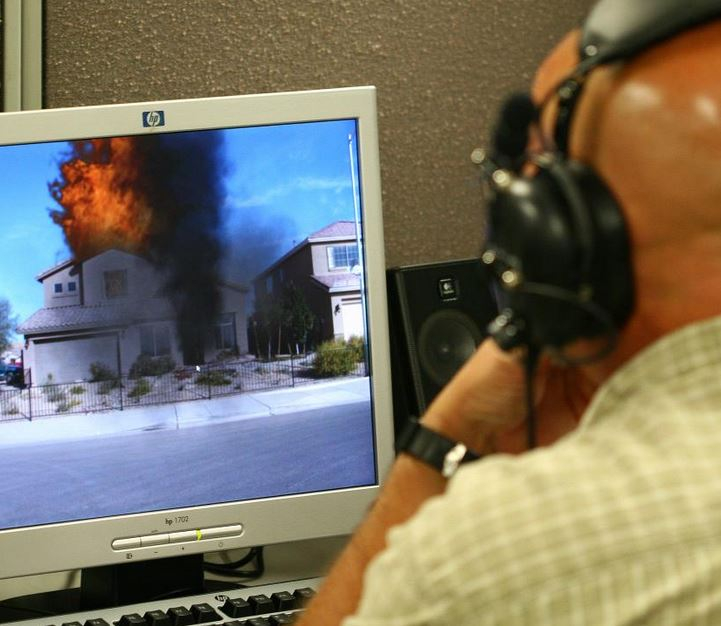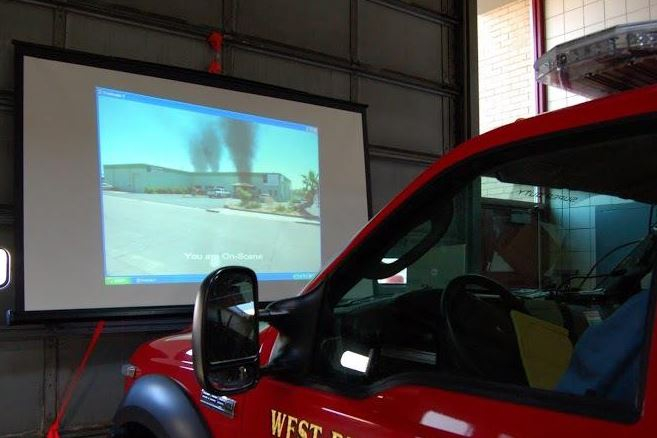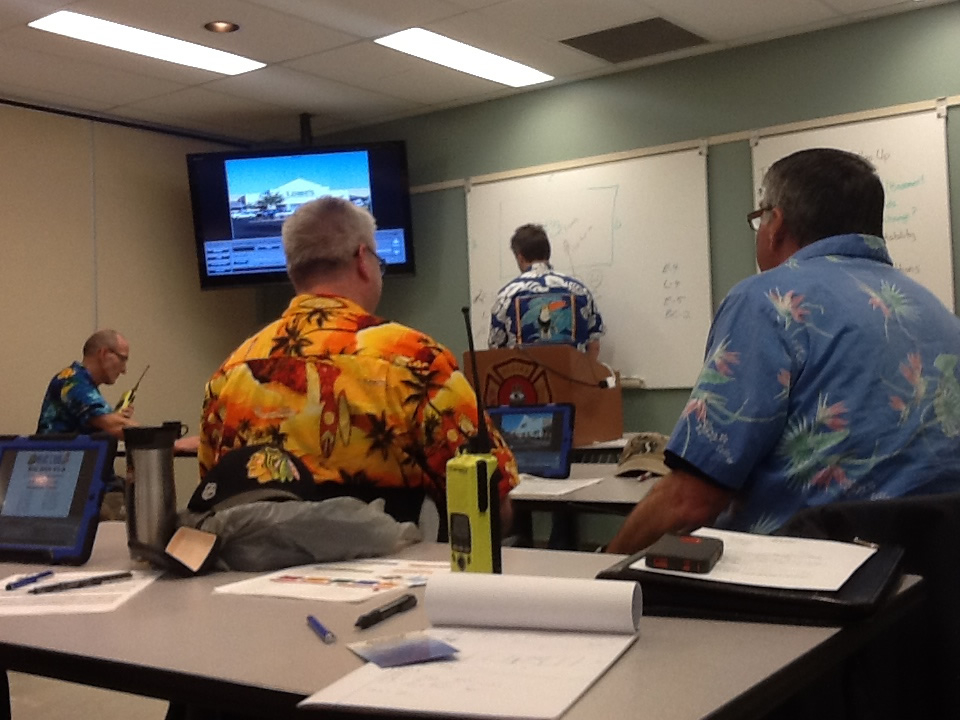Why Blue Card Command
Is Blue Card only suited to larger departments with significant 1st alarm assignments?
No. The hazard zone management techniques perfected during the Blue Card Command program are intended to protect all personnel working in the hazard zone, regardless of how many personnel that may be. The program has been successfully implemented in all sizes of departments with response capabilities ranging anywhere from a single engine company to multi-company 1st alarm assignments.
What is the IC Hazard Zone Standard for NIMS Type 4 & 5 Incidents and how does Blue Card fit into that standard?
Most of the service delivery that we routinely perform in our departments is based on National Standards, Professional Qualifications, and the corresponding Certification programs that have been accredited through one of the two accreditation council’s in the fire service.
These Standards and Certifications have transcended the entire North American fire service over the past 40 years, helping our service to deliver the same basic service functions, the same basic way, across the entire country and include (as examples):
- Firefighter 1 & 2 (220 hrs for both Certifications)
- EMT (120 hrs to Certify)
- Paramedic (over 1,200 hrs to Certify)
- Driver/Pump Operator (160 plus hours for the entire Certification)
- Haz Mat Tech(s) (various training hour requirements depending on your discipline and level)
- USAR/Technical Rescue Teams (various training hour requirements depending on your discipline and level)
- Fire Investigator (over 240 hrs to Certify in all required fields)
- Incident Safety Officer (over 40 hrs to Certify depending on location)
These National certifications are (or at least they should be) delivered in the same standard manner wherever they are accredited, taught, certified to, and applied nationally. A USAR team that was certified in Alberta, Canada can easily work and interact with a USAR team that was certified in California. The same thing applies to two paramedics who work 2,000 miles away from each other when they come together on a beach in San Diego where they treat a heart attack patient that just ate 2 pounds of fried chicken (this incident actually happened and they saved the pt.).
The major goal of any standard is to get everyone to follow and apply the same set of best practice techniques, and their associated vocabulary, in all the various service delivery disciplines we provide to our communities. Before the Blue Card IC certification was developed, there was NO Standard or Certification process for an IC operating on a NIMS Type 4 or 5, local, IDLH hazard zone deployment. The Blue Card Standard is no different from any other Standard that we use today in our service; it enables the entire North American fire service to manage an IDLH hazard zone in the same, standard, best practice way.
The IC Hazard Zone Standard for NIMS Type 4 & 5 Incidents and its cognitive testing portion are based on the textbook Fire Command 2nd Edition. This Standard was finalized in 2009 and was adopted by the IFSAC (International Fire Service Accreditation Congress) Alternative Standards Council. The Standard has been adopted by an international accreditation counsel and there are now over 9,000 Blue Card certified IC’s worldwide. The state of Minnesota was accredited by IFSAC to certify their IC’s using the Type 4 & 5 IC Standard. The Blue Card IC certification program is based on the IC Hazard Zone Standard for NIMS Type 4 & 5 Incidents.
Contact Information
North America Toll Free
1 844 440 AOYS
Local Direct (587) 410-2626
Mon - Fri 0800 - 1700 MST
trainingadmin@aoysfiretraining.com
U.S., New Zealand or Australia
Get Your Blue Card Here
![]()






